Here is my task:
There is some structual issues with this dataset, write a function, named 'convert_number' that will accomplish the following: - change the numbers in a column so that the ',' is a '.' - convert that column to a double
convert_number <- function(data, col) {
countries[col] <- as.character(countries[col])
countries[col] <- scan(text=countries[col], dec=",", sep=".") (countries[col] <- as.double())
}
convert_number("countries", "Net.migration")
I first did the following:
countries$Net.migration <- sub("^$", "0", countries$Net.migration)
in order to change all the blanks to "0"s so that I can switch out the comma, but I realize a question further down in my assignment asks the amount of NAs in a column so I can't have "0"s in those cells. I am guessing there is a better way to do it than scan(text=...)?
I'm a beginner (especially with functions) and I think I am overlooking a simpler way to do this.
Here is a sample: tail(countries, 5)
